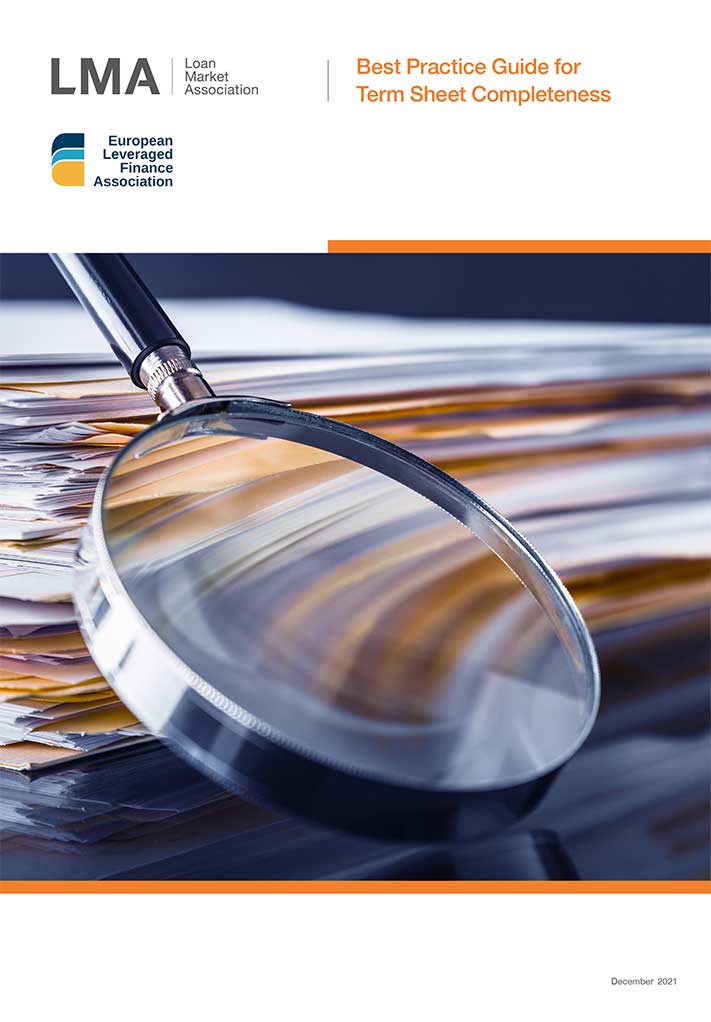

The provision of a term sheet to prospective participants in a syndicated loan transaction is a well-established and key component of the primary syndication phase of any deal. However, a lack of consistency with respect to content, and sufficiency of content, negatively impacts an investor's ability to appropriately analyse risk at a key stage of the investment decision process. Acting on feedback from their respective working groups, the LMA and the ELFA joined forces with the investor community, and specialist review providers, to identify a list of provisions that are of material importance to investors' investment decisions. These provisions are clearly set out in this Best Practice Guide, and both the LMA and the ELFA strongly recommend a fulsome description of these in the first draft of the term sheet.
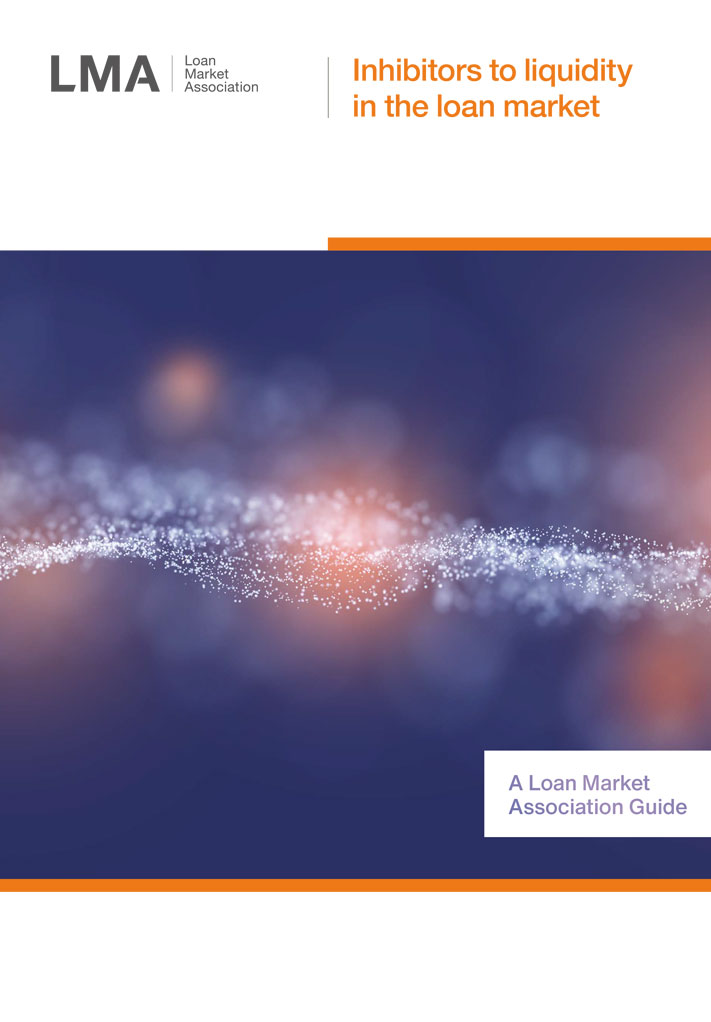
A robust, liquid loan market is an important ingredient for the health of the syndicated loan market as a whole. With this in mind, this guide seeks to highlight issues that have the potential to impact liquidity in the loan market, focusing primarily on those issues prevalent in the leveraged loan market.
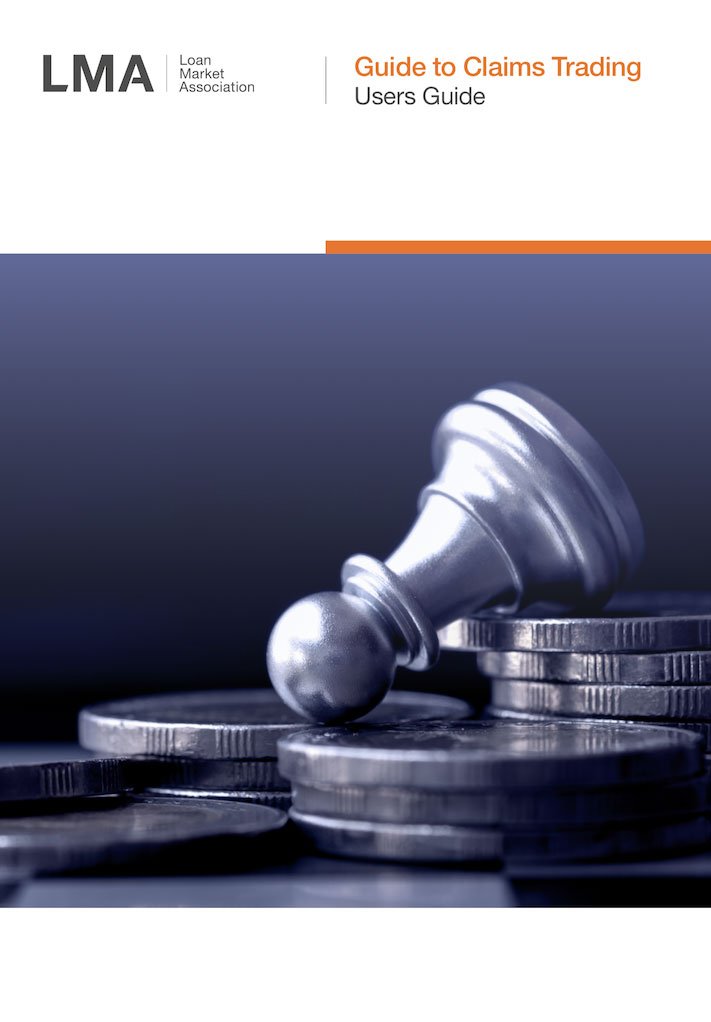
The guide provides (a) a description of the package of documents available for claims trades, (b) guidance on when a loan trade should be carried out as a claims trade, (c) an outline of the key provisions of the trading documents that users should be aware of when trading a claims trade and (d) a suggested timeline for a claims trade.
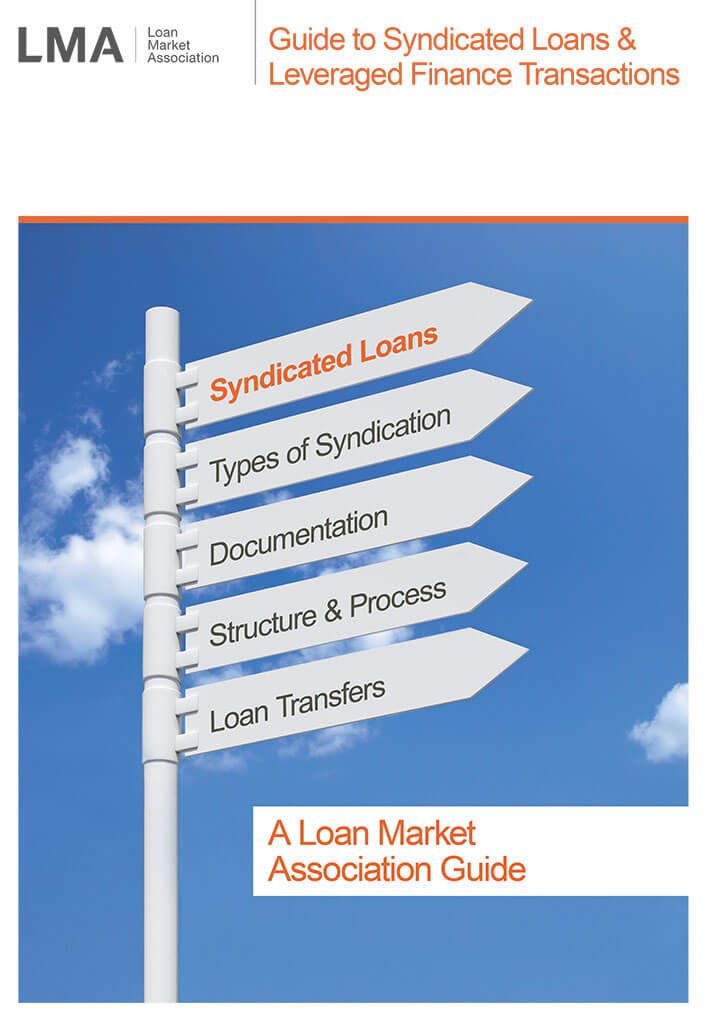
The aim of this paper is to provide guidance on syndicated loan transactions and leveraged finance transactions, identifying, amongst other things, the types of facilities commonly seen in the loan market, the parties to a typical loan agreement and common methods used by lenders to transfer loan participations.
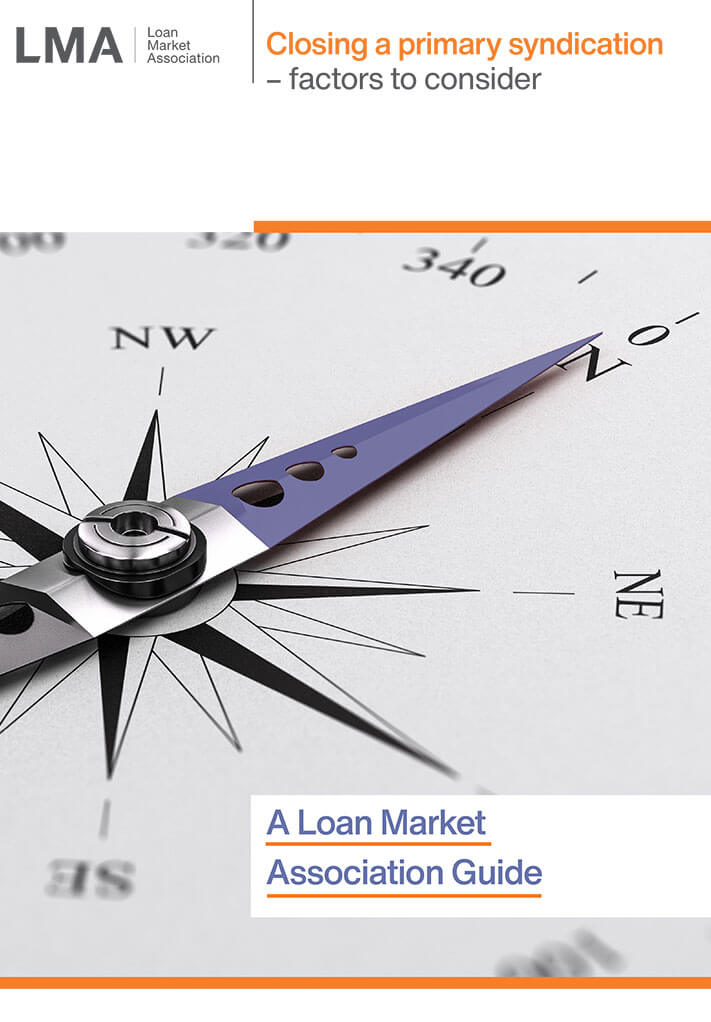
This paper has been prepared by the Loan Market Association's European Loan Operations Servicing Committee. It seeks to explore some of the key challenges facing agents during the completion of a syndicated lending transaction and the primary syndication process.
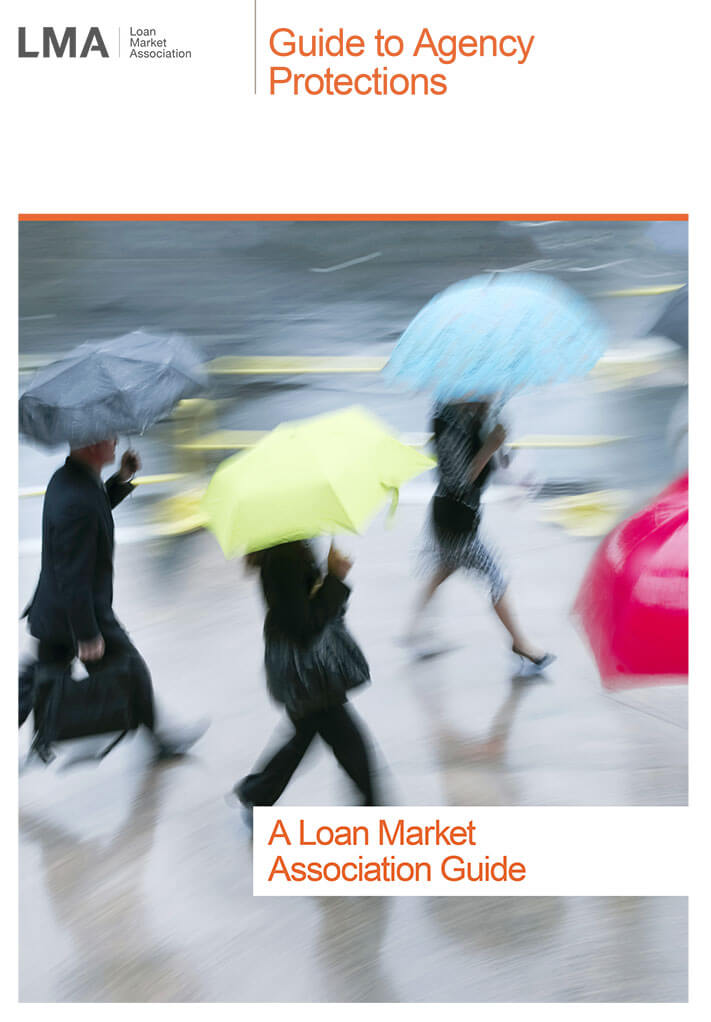
The purpose of this guide is to provide an overview of the principal protections provided in an LMA facility agreement, and assist agents, arrangers, lenders and those agreeing loan documentation to identify the standard protections that an agent under a loan agreement would expect to benefit from.
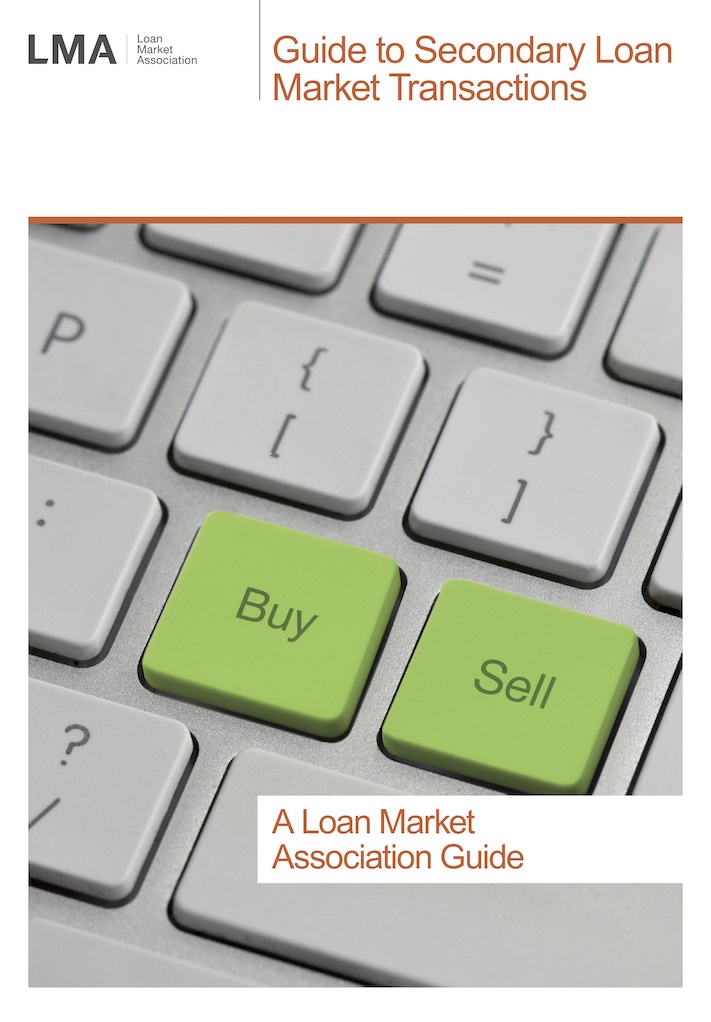
The aim of this guide is to provide an overview of the role of the secondary market in the syndicated loan market, identifying, amongst other things, participants active in the secondary loan market, the types of debt available, a typical anatomy of a trade and the different transfer mechanisms.
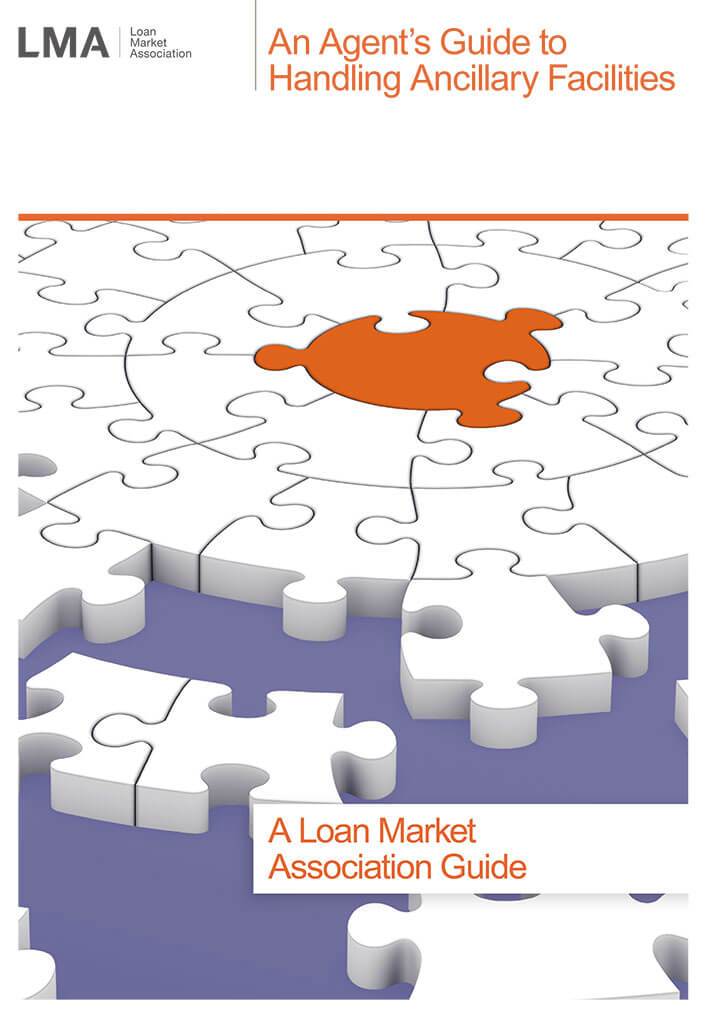
This guide seeks to provide an introduction to ancillary facilities and their treatment in LMA facility documentation together with guidance on common operational scenarios.
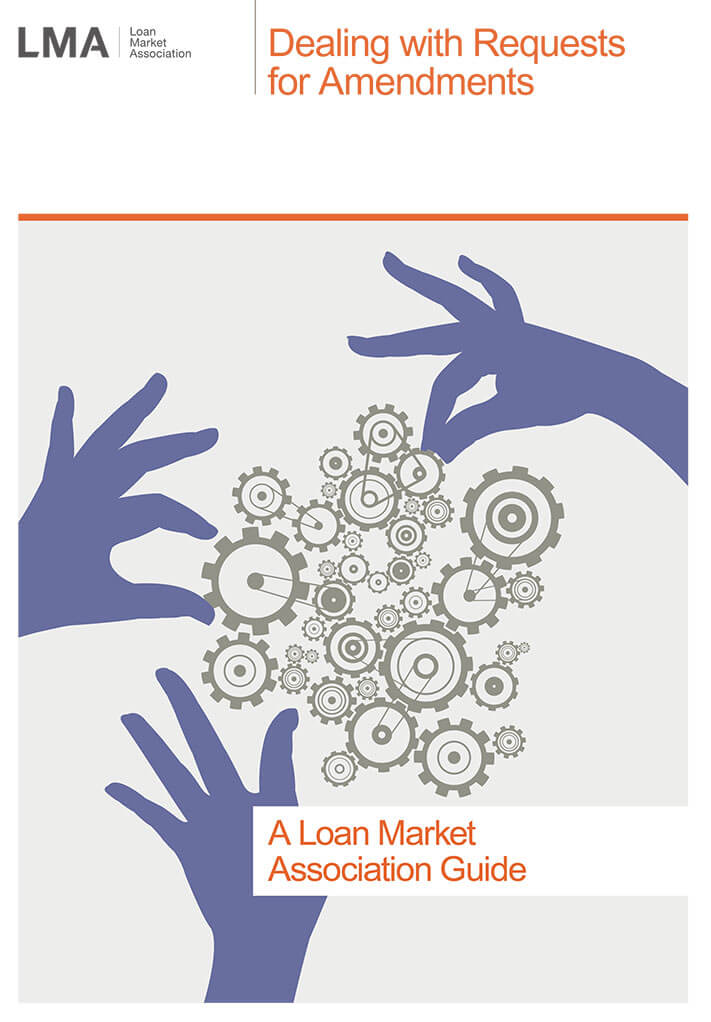
During the life of a loan, changes to the parties’ positions, regulation and/or the market may cause parties to revisit the terms of the loan agreement. The purpose of this guide is to provide recommendations for best practice for dealing with amendments to the loan agreement, from both a pragmatic and legal standpoint.
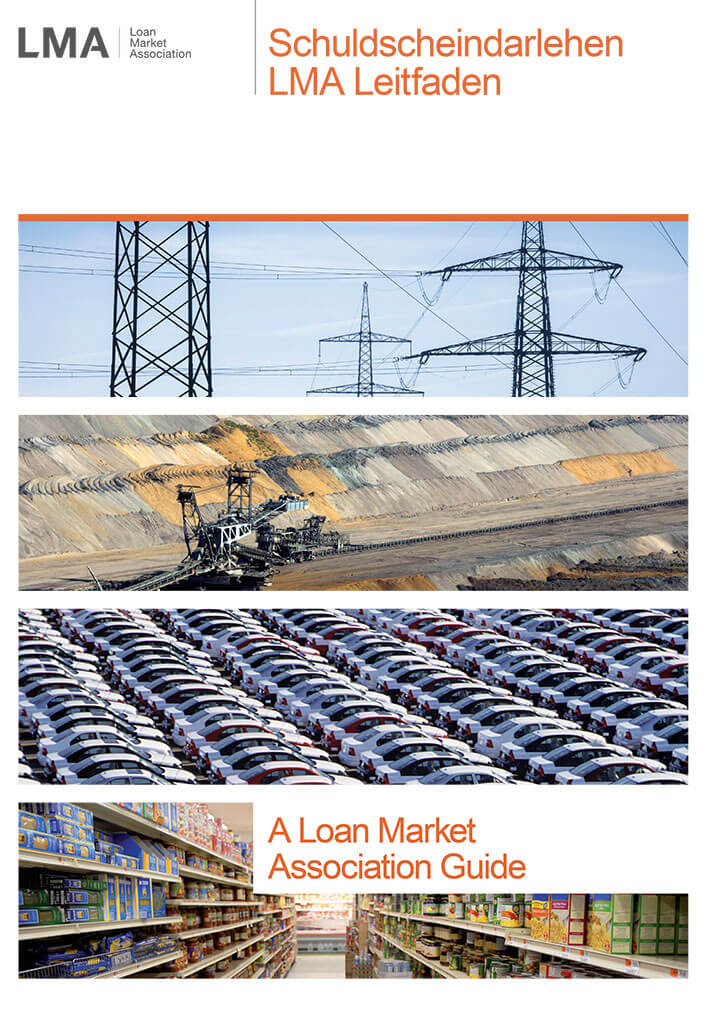
Was sind Schuldscheindarlehen und wie funktionieren sie? Diese und andere Fragen sollen in diesem Leitfaden beantwortet werden. Er wendet sich an Personen, die mit dem Produkt Schuldscheindarlehen weniger vertraut sind, insbesondere an ausländische Darlehensnehmer und Darlehensgeber/Investoren. Der vorliegende Leitfaden enthält neben einer Darstellung der gegenwärtigen Marktlage eine Zusammenfassung der rechtlichen Rahmenbedingungen und Besonderheiten dieses Produktes,
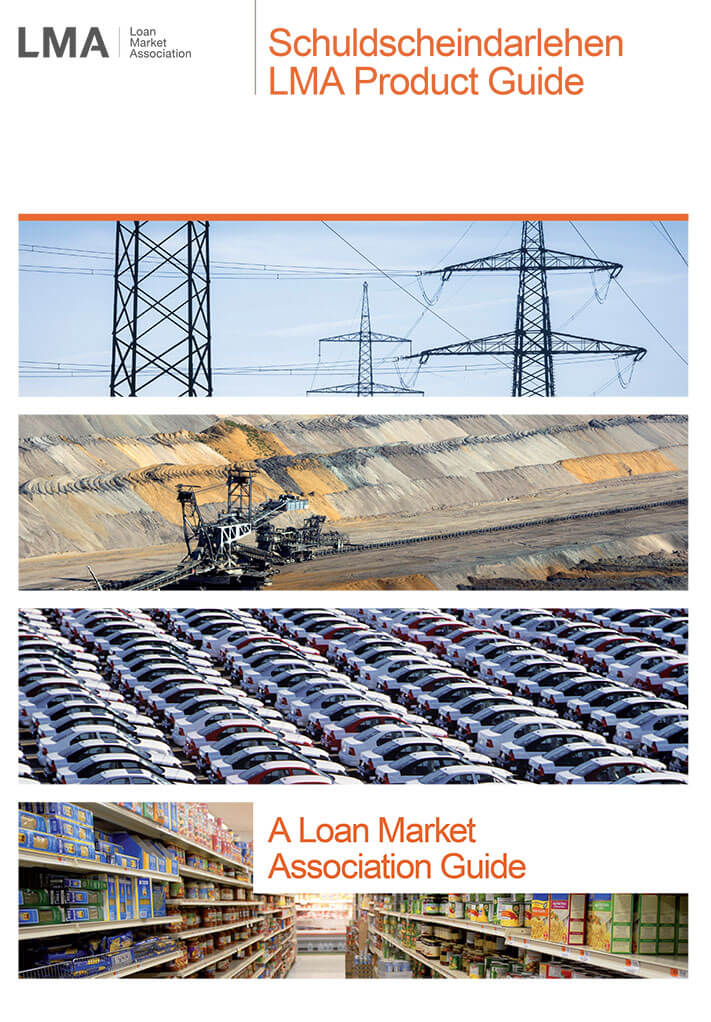
What are Schuldscheindarlehen and how do they work? This LMA Product Guide seeks to address these questions and more. It is aimed at persons less familiar with Schuldscheindarlehen, in particular the international borrower and lender/investor. The Guide provides current market perspectives, outlines the legal framework and summarises legal nuances particular to the product.
Please note: the contents of this Guide were drafted in German; the English translation is provided for convenience.